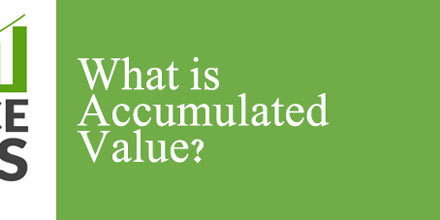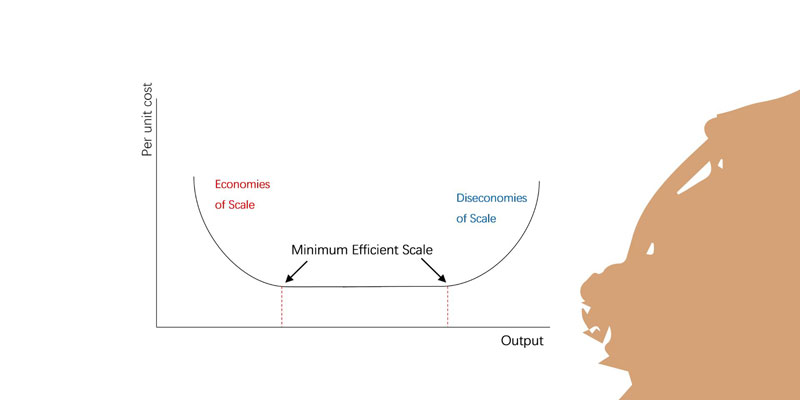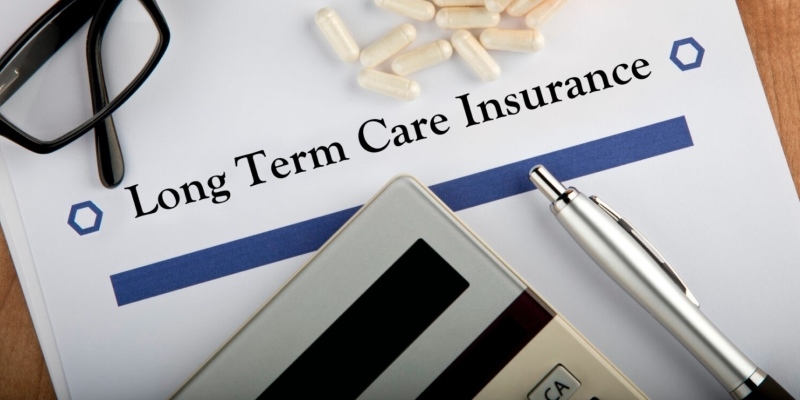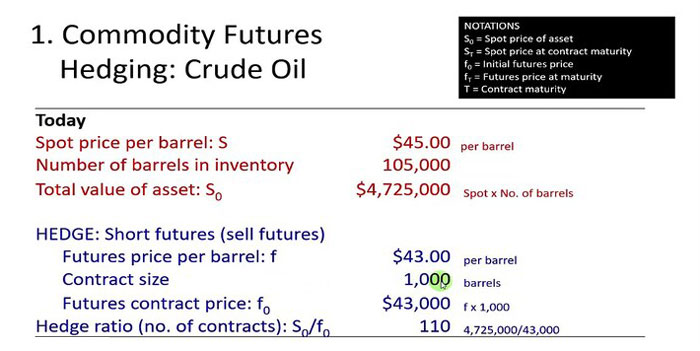
To make wise judgments about investments and operations, decision-makers need to have a solid understanding of costs in economics and business. Variable costs fluctuate as production levels change, whereas fixed costs are steady and do not alter with production levels. Total fixed costs are a company's fixed expenses over a specific period. This article gives examples of fixed, total, and variable costs, how to calculate fixed, total, and variable costs, and The importance of understanding fixed, total, and variable costs for business owners.
Break Even Point
For example, a t-shirt company selling custom t-shirts needs to perform a break-even analysis to find out how much it should sell to consolidate its costs.
It is a point in which both the total cost and income are equal. By comprehending these ideas, businesses can make decisions to increase their profitability and long-term performance.

Fixed Cost
A cost that remains constant regardless of the volume of production or sales is known as a fixed cost. Regardless of how much a corporation produces or sells, it is a cost that it must pay. Salaries, property taxes, insurance premiums, and equipment leases are more fixed costs.
Fixed costs are frequently seen as sunk costs, which means they cannot be recouped if a company decides to close its doors or cease operations since sunk costs have already been incurred and cannot be recovered. They are irrelevant when choosing future investments or operations.
Advantages
Predictability: Fixed costs give a business's financial planning some degree of predictability. A company can readily estimate its spending and profits. It can be helpful for budgeting and decision-making because fixed costs stay the same as production levels.
Financial stability: Financial stability is achieved via fixed costs. It stays consistent despite fluctuations in output or sales levels. Businesses may weather economic downturns and retain steady profitability because of this steadiness.
Scalability: Fixed costs can be advantageous for companies looking to expand their operations. A company can raise output after determining its fixed costs without raising its fixed expenses.
Total Fixed Cost
Total fixed cost (TFC) is the total of all fixed costs incurred by a business during a specific time frame. No matter how much a company produces or sells, it represents the bare minimum of cash required to keep its doors open.
To determine a business's breaking point, it is crucial to grasp TFC. This phrase points to the stage of operation or sales at which an establishment's total revenue matches all expenditures, covering variable and fixed costs. Once determined, organizations can accurately estimate their minimum sales targets or output volumes needed for covering fixed expenses and achieving equilibrium.
Example:
$120,000 (Rent) + $240,000 (Salaries of administrative staff) + $180,000 (Depreciation) + $60,000 (property taxes) + $90,000 (Insurance) = $690,000 (Total fixed costs)
Advantages
Better cost distribution: Total fixed cost offers a thorough understanding of a company's fixed costs. Additionally, businesses can more effectively distribute their costs to various goods, services, or business divisions by being aware of the fixed cost. Hence, this can support managers' decision-making regarding price and resource allocation.
Break-even analysis: Businesses can use this approach to calculate how much output or revenue is necessary to cover their costs. Businesses can determine their break-even point and make strategic decisions regarding pricing and production levels by knowing their total fixed costs.
Budgeting: Total fixed costs can assist companies in creating more precise budgets. Hence, businesses may manage their expenses and decide wisely about investments and resource allocation by knowing their fixed costs.
Variable Cost
Variable cost is a cost that varies according to the volume of production. A company only pays it when it produces or sells something. Thus it is a one-time expense. A prime example of a variable cost is the price of raw materials, which rises when a company produces more goods. Labor costs, sales commissions, and shipping charges are variable costs.
Various variables, including changes in market demand, production processes, and material pricing, can impact variable costs. Additionally, variable costs benefit from adaptability, allowing for quick adjustments in reaction to alterations in the business environment.
To calculate the manufacturer's total variable costs for the month, you would add up all of these expenses, which are affected by the level of production or sales volume:
$60,000 (Cost of raw materials) + $40,000 (Direct labor costs) + $15,000 (Commission paid to sales staff) = $115,000 (Total variable costs)
Advantages
Flexibility: As production levels change, organizations can be flexible thanks to variable expenses. This may be advantageous in a dynamic corporate environment where production levels and demand are subject to change.
Controlling costs: Since variable costs depend on production levels, organizations can reduce their variable costs by increasing or decreasing their production.
Scalability: For firms looking to expand, variable costs can be advantageous. Variable costs rise along with output levels but can be compensated by economies of scale. Because of this, companies can create more units for a reduced cost per unit, increasing their profitability.
Pricing precision: Businesses can accurately price their goods and services by considering variable expenses. Businesses can properly assess their costs per unit and price their products accordingly.
Conclusion
In conclusion, corporate decision-making must comprehend fixed and variable costs. Variable costs vary with production or sales levels, while fixed costs are constant and independent of the amount produced or sold. Fixed costs let a business organize its finances more predictably, providing financial stability and supporting cost management, scalability, and asset usage. Total fixed costs (TFC), the sum of all fixed expenses a company incurred over a given period, are a key factor in break-even analysis, budgeting, cost-cutting, and strategic decisions.
Additionally, variable costs provide flexibility, cost control, and the ability to be decreased as production levels fall. They are directly related to manufacturing or selling a good or service. Hence, companies can calculate their expenses, including fixed and variable costs, to identify their break-even point and make tactical decisions about pricing and production levels. By comprehending these concepts, businesses can make decisions that promote profitability and long-term performance.











